Painter Jessalin Beutler recounts her journey exploring various creative avenues, including philosophy studies, to discovering her passion for fine art. Despite initial struggles and detours, she found her artistic path through experimentation and perseverance.
Now, her abstract expressionist works reflect a fusion of her diverse experiences, incorporating elements from her past endeavors into vibrant, layered compositions.
Can you tell us about your journey to becoming a professional artist?
I’ve gone through a lot of shifts to get to where I am now. I needed to explore some different avenues to channel my drive to create. I studied philosophy in college, but I was always taking art classes just to get me through each year. It was just something I did as a kid and didn’t think much of it until getting to school.
Art just kept me feeling normal and I eventually learned that it was what I wanted to do with the rest of my life. I decided not to go to art school or graduate school, because by that point I felt there was more for me to learn “in the real world” as we called it as students. I had a dream of being able to move back home and continue what I started in college, get a studio and get on with it. But of course it wasn’t that simple.
After about 3 years of moving around, and two years at a daily newspaper doing graphics works, I decided to move to the city (Seattle). I got a job as a papermaker, graphics and general production person at a company focused on wedding invitations, met some new people and things started getting a little better. I met my partner who at the time was a drummer/clothing designer and I started to explore textiles. I was frustrated by the lack of interest in my fine art work, so I started painting on t-shirts. This was fun at first and people started to take notice of what I was doing. As things progressed I realized I was spending way too much time on the business side, as well as realizing painting on tees was just not very sustainable. I raised my prices, started screen printing, but I felt like I was getting more and more disconnected from my creativity..
I started an “art every day” project in 2013 and got back to experimenting. The daily painting practice made me realize I had a lot of catching up to do. Around this time my partner (now clothing developer/patternmaker) and I also decided to collaborate on a clothing line. He was designing and sewing the clothes, and I focused on sourcing textiles, creating the color palettes, and prints for the collection. It was my last attempt at expanding what I started with the t-shirts into something grander but again I felt like I was missing the fine art practice and it was just too expensive to keep up. Although I say I’ve been painting almost 20 years now (graduated college in 2004), the last 10 years have been more focused on what I am still doing now, and it's been just two years full time. Unfortunately although being an artist is sometimes seen as this incredibly free profession, I’ve learned that you must focus on a very specific way of working for a long time to start getting recognition. At least that has been how it has been for me.
Tell us about your work.
At the moment, my work is probably best described as abstract expressionist. It is layered, increasingly focusing on collage. I have been able to start to incorporate all the different stages of my journey, most recently using scraps of the clothing project and experiments I’ve done through the years.
You might be able to recognize the first screen printed print I did for the line, and the stripes and painted dye tests in the pieces. There is usually a sense of movement, and a lot to look at so you’re always finding new things. Some people might call it busy, but I try to be mindful of space and make sure there is a sense of balance and flow to each piece.
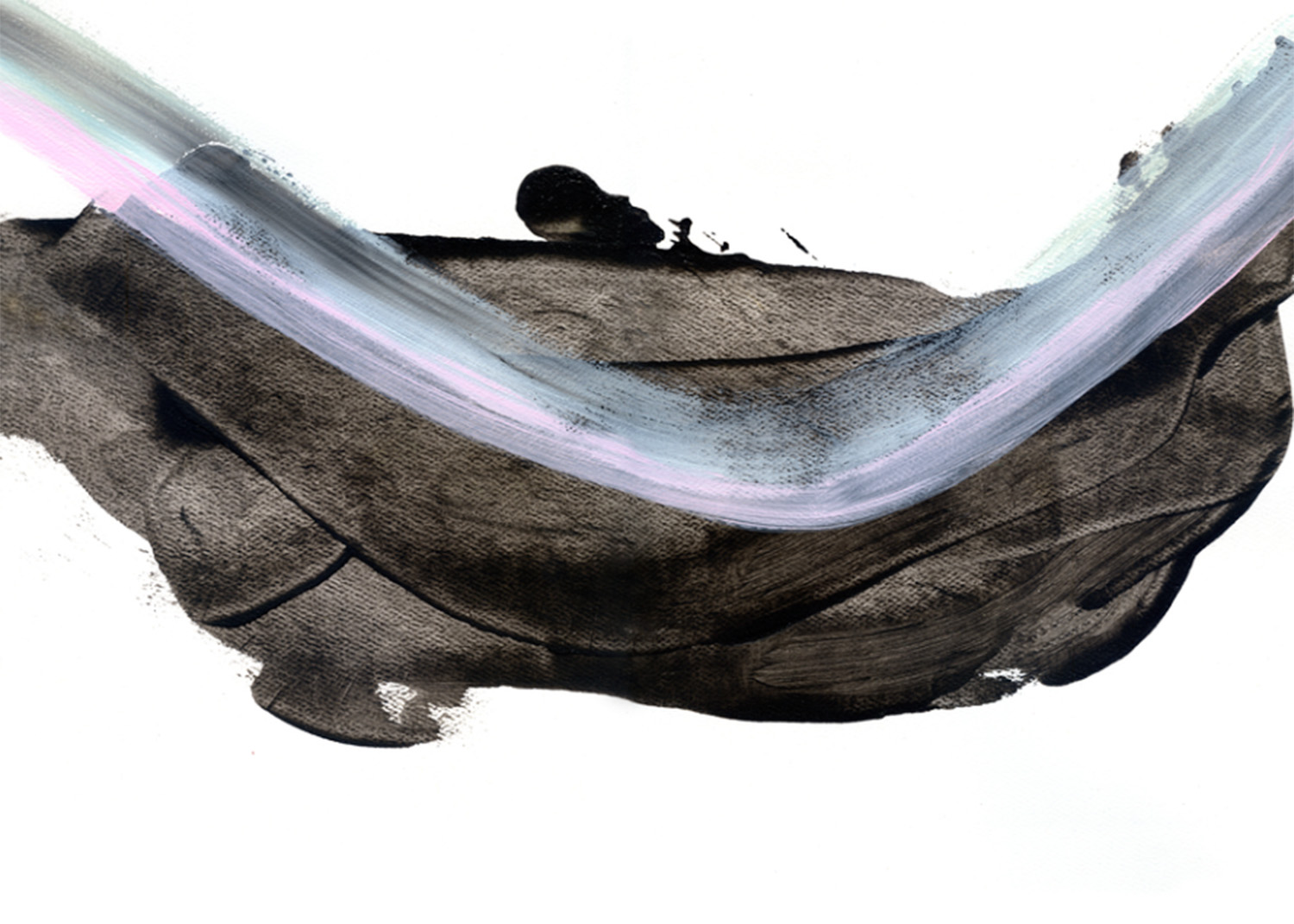
Tell us about your process.
My process is driven by emotion and impulse. I pick up the color and tool that best suits my mood and make little moves throughout the day. Sometimes I am consciously trying to work within a color palette, but I try to let pieces evolve naturally, and not stick to rules too tightly. When I have a lot of work in progress, 2-3 layers deep, refining and editing comes into play and I can start to bring pieces together as more of a collection.
Sometimes I realize a trend in all the works and try to refine it, and other times what brings them together is more conceptual and I realize what they are about only after photographing and naming.
When you are looking for inspiration, what resources do you turn to?
I’m very influenced by the colors of the seasons, in nature, but also in the general collective energies of the times. I am pretty aware of current astrological transits and cycles and have noticed how these show up in my work. Astrology is becoming more mainstream but I still feel hesitant talking about my relationship with it. I am not an astrologer, but I understand it. I see it as just a different kind of language that helps describe energy. Art for me is all about energy and emotion that is hard to put into words. Astrology is just another art that is similar, so it makes sense to me. It also helps me regulate my own process of working, since it's related to cycles.
The creative process is far from linear so it helps me have faith in getting to the end of a piece or collection. I do check in with color trends and interior designers to see if a direction I’m working with has a place in the industry. Since I started painting full time, I’ve found myself making more work that “fits in” with an easy to incorporate color palette but I’m realizing there is a place for a wide variety of works so I need to always balance the need to sell work with my own interests/emotions. If there isn’t a bit of a challenge or curiosity involved then the work just feels flat and unappealing.
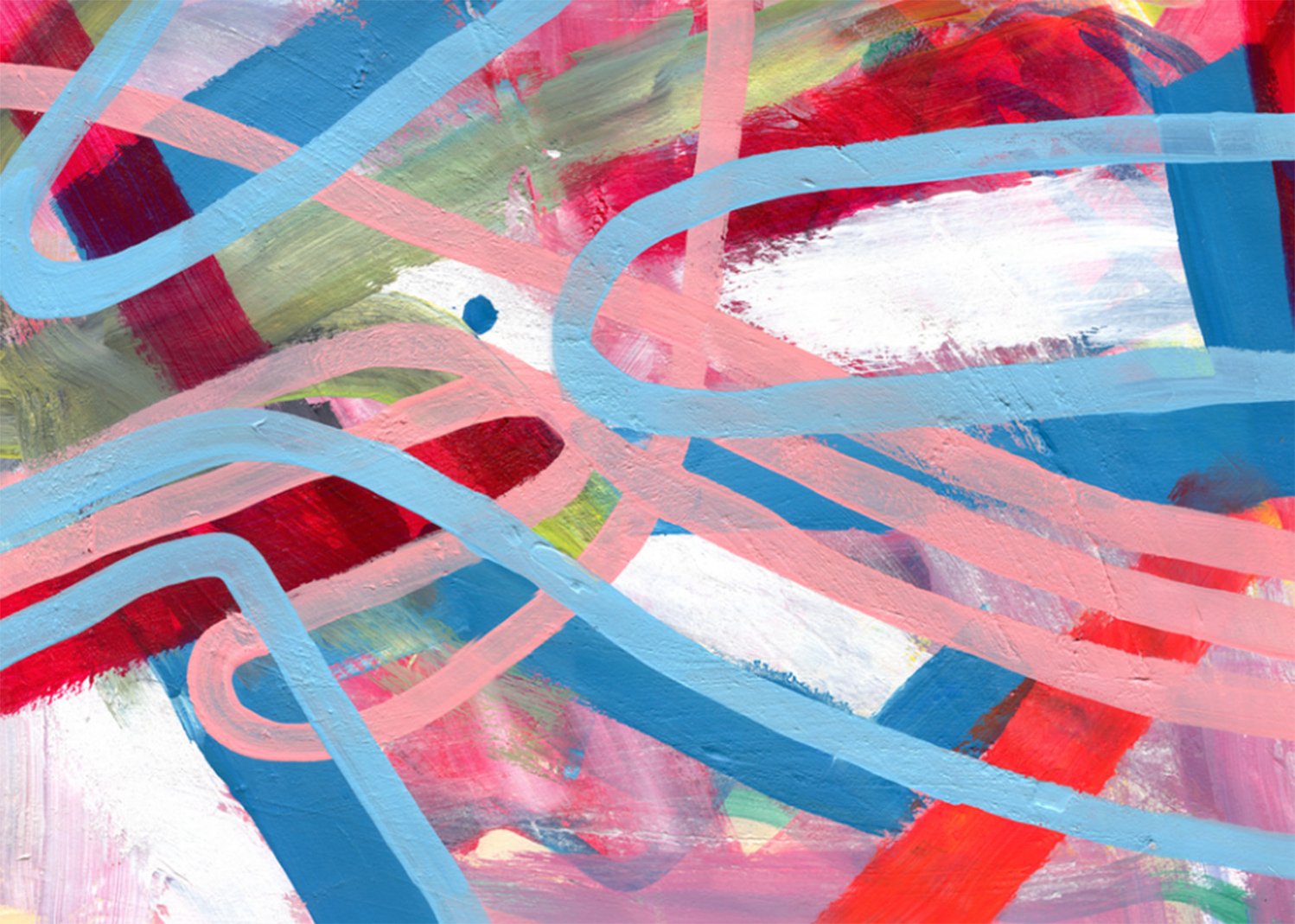
Finding the right rhythm to be productive can be a challenge, what advice do you have for staying productive and focused?
The “art every day” project I mentioned earlier really helped me instill a daily habit that became very therapeutic. I had to show up for my work even if I didn’t feel like it, and it was helpful in learning about myself and the role painting plays in my life. It was very interesting to observe how the quality of my work shifted day to day, season to season, and astrological transit to astrological transit. Every day is truly unique and sometimes you never know what you can do until you go try it out. You can surprise yourself and be amazed how things just come together when you put some energy into it.
Now that I have more time, deadlines really help me stay on track. In general, I like to have new work to release once a month around the new moon but lately I’ve been okay with every two months depending on the cycles at play. I’ve been focusing on larger works and these pieces take more time so I’m needing to adjust how I do things. Ideally I’d like to release work more on a quarterly basis, but I’m not quite there yet.
What is your advice for combating creative block?
Shifting gears for a while helps me, or trying something new. But if a lot of time has gone by, sometimes you just have to dive in and be okay with “messing things up”. Often my best work happens when I’m frustrated or scared to make a move. That’s when real magic can happen.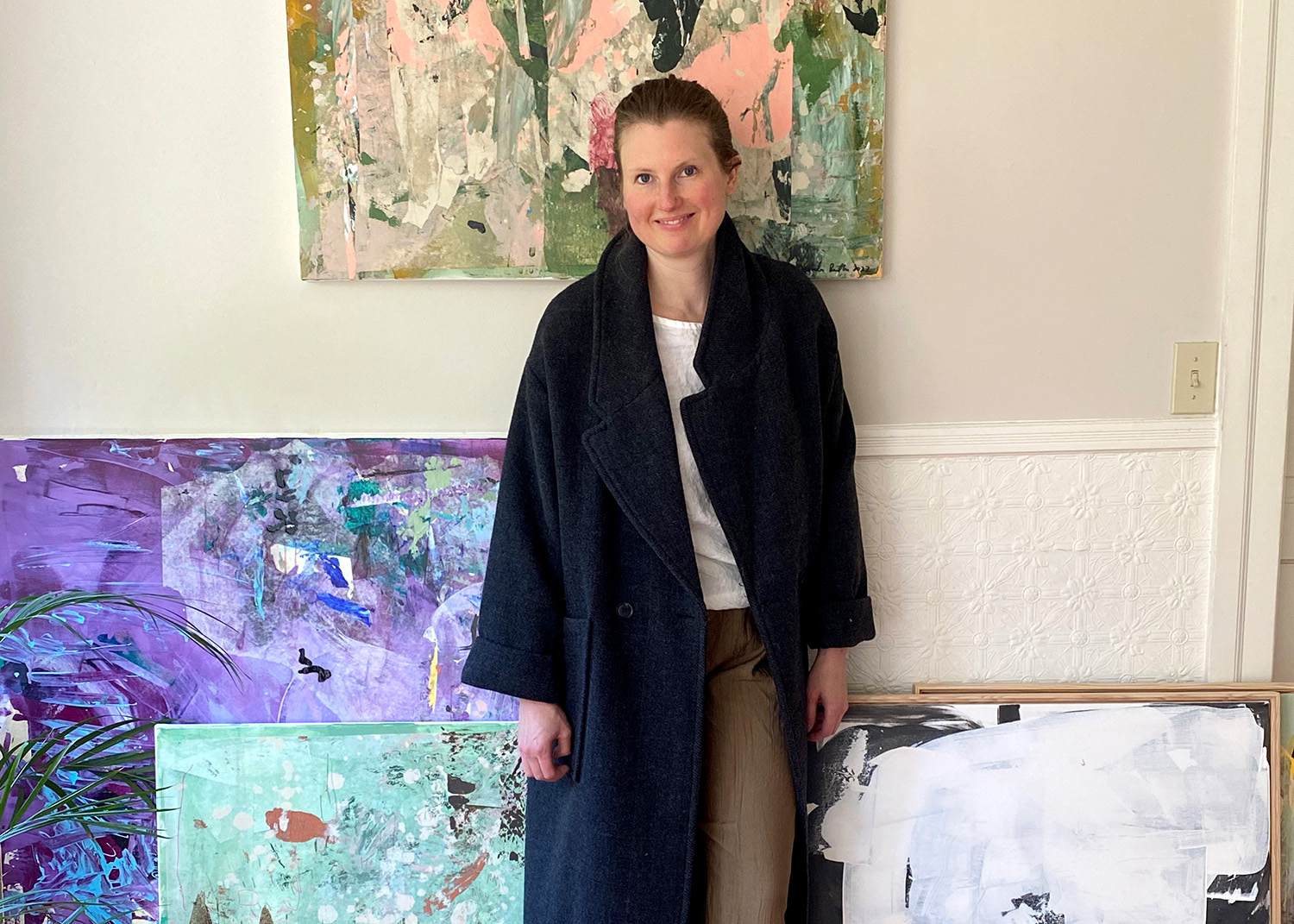
As an artist, how do you measure your success? Can you recall a specific event or milestone(s) in your career that made you feel successful?
I feel successful every time I sell a painting or receive a message from someone who has a connection to what I am doing. But this doesn’t happen every day and it is important to find things that make you feel proud or at least better if you are going through a dry spell.
I have big dreams but know the importance of taking things step by step and having gratitude for how my life looks now and how far I’ve come.
How do you see the art market changing? Where do you see yourself in this transition?
There are a lot more options for artists than there used to be. You don’t need to be associated with a gallery to make a living or have thousands of people loving what you do. COVID shifted people’s attention to their home environment, which resulted in more art on the walls.
It changed how people purchase as well. But I am seeing a resurgence in shops, galleries and public spaces now, so it’s always shifting. I don’t have any regular gallery associations so I’d love to branch out that way as well.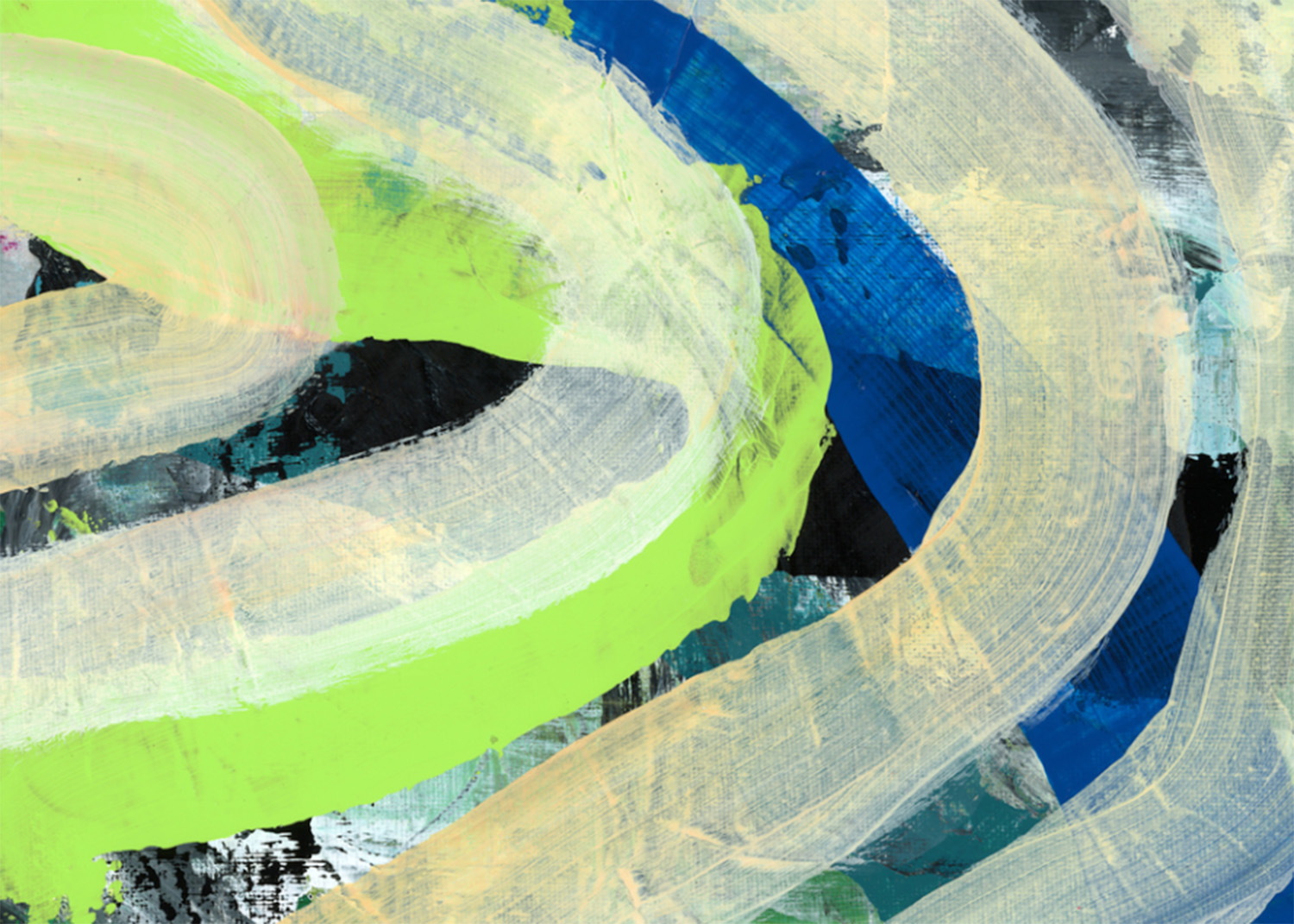
What advice do you have for artists who are beginning to build their careers?
If you can, try not to get hung up on if people are liking your work or not. Just keep focusing on why you are doing it. Eventually people will catch on.
Not going to lie, it’s not easy, and it has taken a lot of stamina. I’ve joked that I’ve just been really stubborn about it all, but if you really want something (or can’t live without it), then just keep at it.
Do you consider yourself, and all artists, to be entrepreneurs? Why or why not?
I consider myself an entrepreneur, but not all artists have to be. There are many ways to be an artist, and they don’t all have to involve making a living at what you do.
I do think it is important however, to realize that there are a lot of people and companies that do approach it that way. So you just have to be aware and make sure you are taking care of yourself.
Failure is an inevitable part of success in any field. Do you have advice for overcoming setbacks?
Just keep going. Failure doesn’t really exist when you are painting, as long as you don’t give up on something completely.
And even if you do, you always learn something. Sometimes things don’t work out like you think, but it is all just information to help inform your next moves.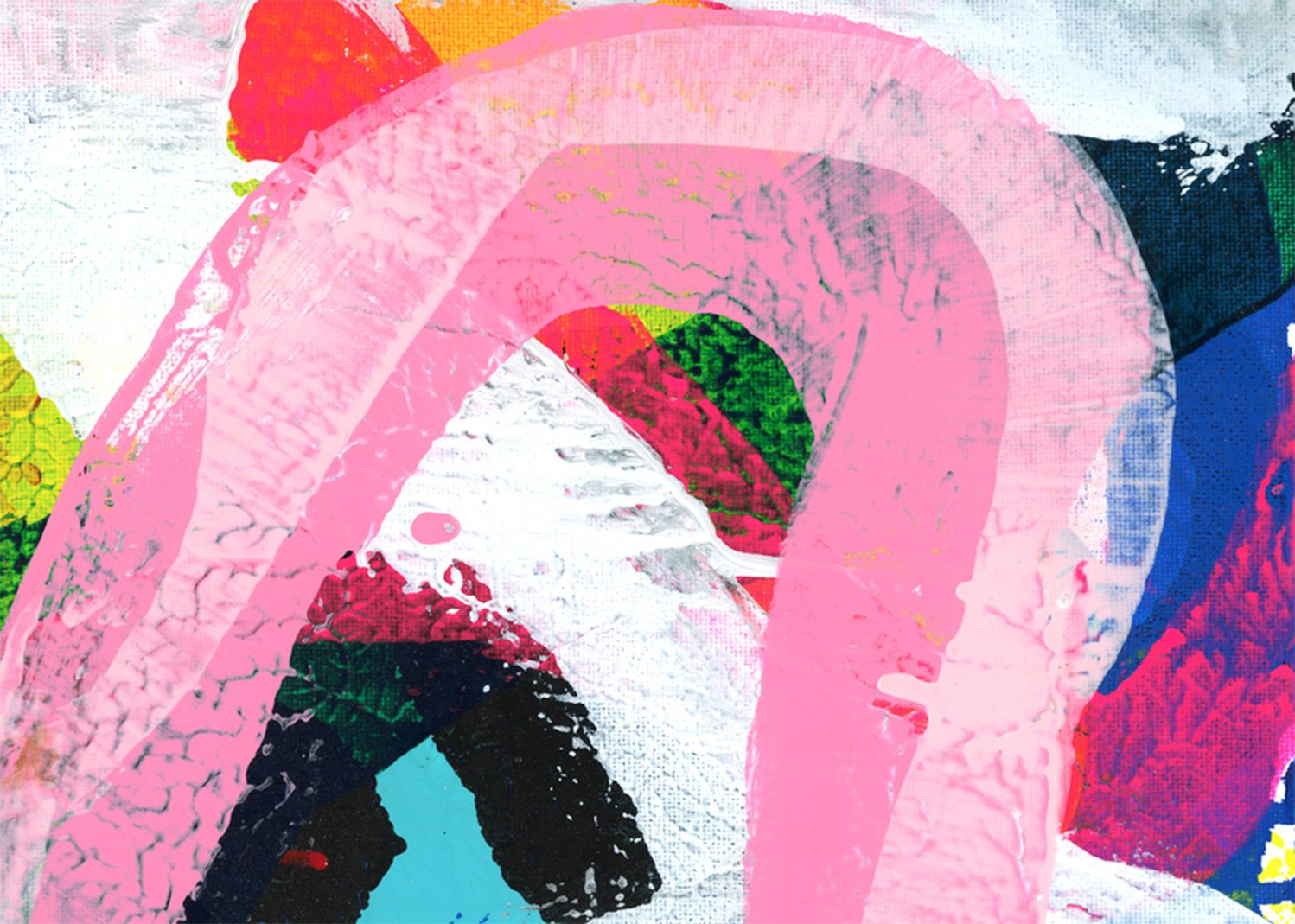
What sparked your interest in partnering with TurningArt? Has your experience with TurningArt differed from other art companies you have worked with?
To be honest, I didn’t really expect much when I signed up, but I am always looking for new ways to expand and went in with an open mind.
The company has surprised me in a good way, with the diversity of opportunities and how easy they make the process.
What does having your artwork in the workplace and other commercial or public spaces mean to you?
I have had individuals purchase my work to be placed in a professional setting on a small scale but working with larger public spaces is a new avenue for me. It is a much different energy than a home or small office space and can reach a lot more people.
Sometimes being out in public can be scary or overwhelming, but I truly believe in the transformative quality of art and feel honored that I can play a role in making people’s experiences more meaningful.
To see more featured TurningArtists, return to our blog. To get Jessalin Beutler's art in your space, set up a free consultation with an Art Advisor here!
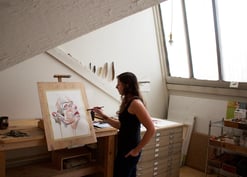



.jpg?width=332&height=177&name=%E6%A9%983-2%20(1).jpg)

